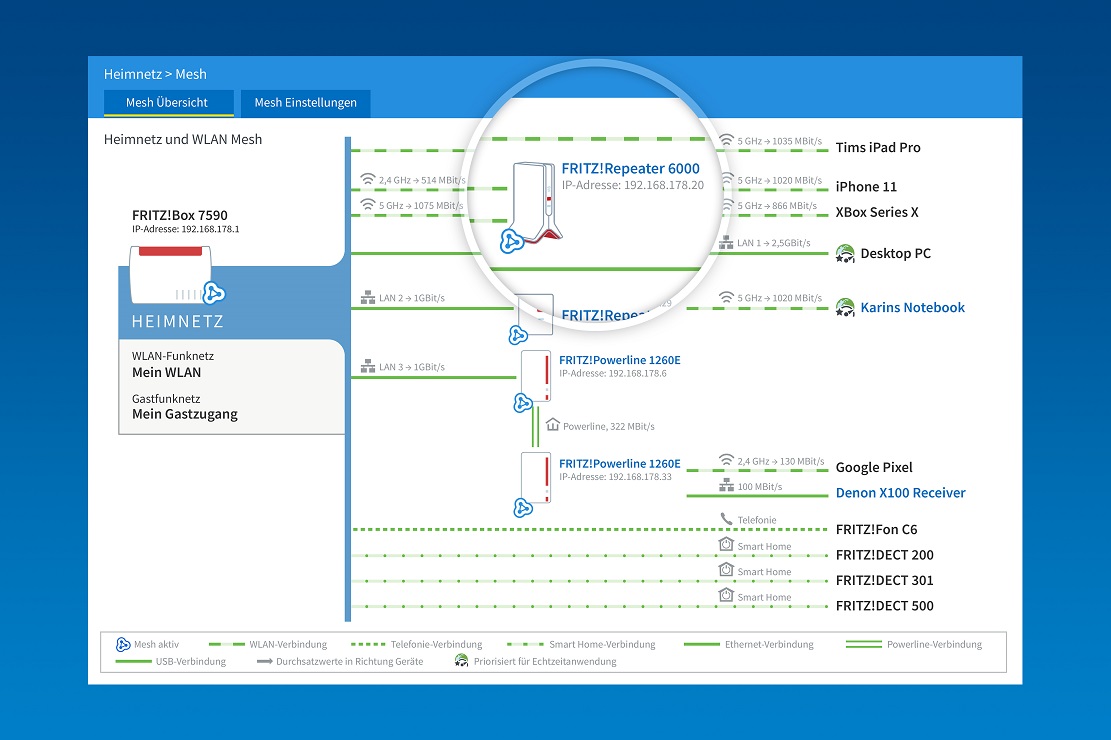
If you connect to the Internet via Wi-Fi from different areas of your home, or your office, you will have already realized that the speed can vary considerably, so much so that it is likely that in some places you don’t have a connection directly. Don’t worry, it is a normal and very common problem, and it even has a name: dead zone.
As we have said, it is normal that the Wi-Fi speed is different depending on where you connect from, and it is also normal that you have areas where you cannot connect to the Internet using Wi-Fi, But why does this happen? Our more advanced readers will already have it clear, but for those with less knowledge who do not fully understand what is happening, we have decided to give shape to this article and we will explain this question, in a simple and detailed way.
The first thing we must be clear about is how Wi-Fi works. This works by donut shaped radio waves that, in a normal home scenario, leave the router and travel to cover a certain area. We have already said something important, that they are radio waves, and therefore they are subject to all the limitations of this type of wave.
Wi-Fi has, therefore, a certain range, that is, it can cover a specific surface. The more distance the radio waves have to travel, the more intensity it will lose, and therefore the worse the connection will be, both in terms of speed and stability. But nevertheless, distance isn’t the only factor affecting a Wi-Fi connection, this can also be limited by obstacles and interference.
The same Wi-Fi connection can give different results
It is a direct consequence of what we have said previously. I have seen more than one case in which two users with the same connection, the same provider and the same router offered very different wireless connections, both in speed and range. This is because no two homes are the same, and in the end the obstacles and interference they can make a huge difference.
Thus, for example, something as simple as the manufacturing material of the walls of our home, or the presence of sources of interference, can make our Wi-Fi connection barely cover one or two rooms from the origin (the room wherever the router is). In open-type homes, where the walls are minimal and made of materials such as wood, their reach will be much greater.
In this article we already had the opportunity to talk in depth about the materials that most affect the Wi-Fi signal, and in this other we saw that there are certain objects that can completely destroy a Wi-Fi connection, and that therefore we must be very careful with them. It is a very important issue, since in the end both obstacles and objects that limit Wi-Fi can make the difference between a connection with greater or lesser range.
Sometimes it is possible to improve the range of a Wi-Fi connection changing the location of the router, and removing obstacles and sources of interference, but in other cases the only option we have is to buy a repeater or a PLC with repeater to extend the range of Wi-Fi.




